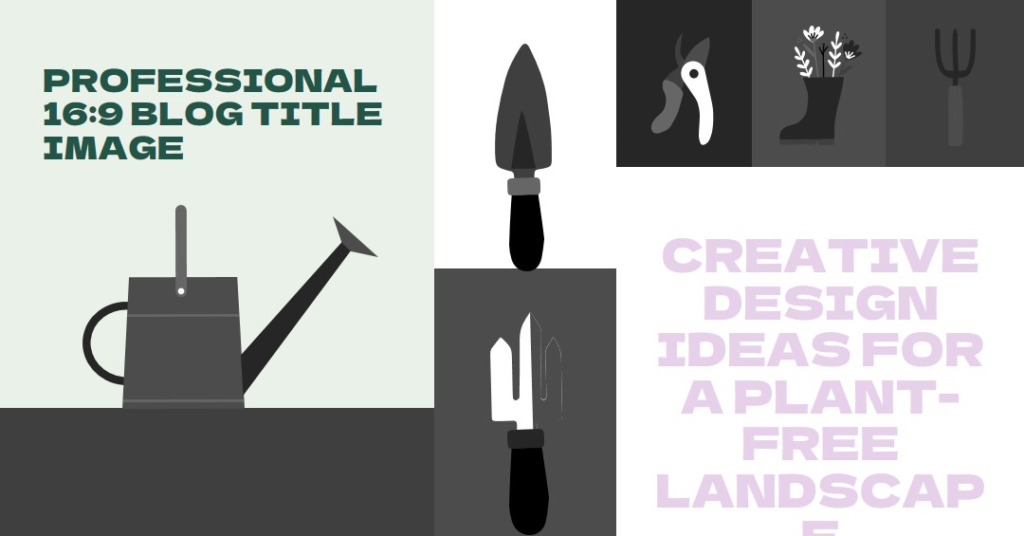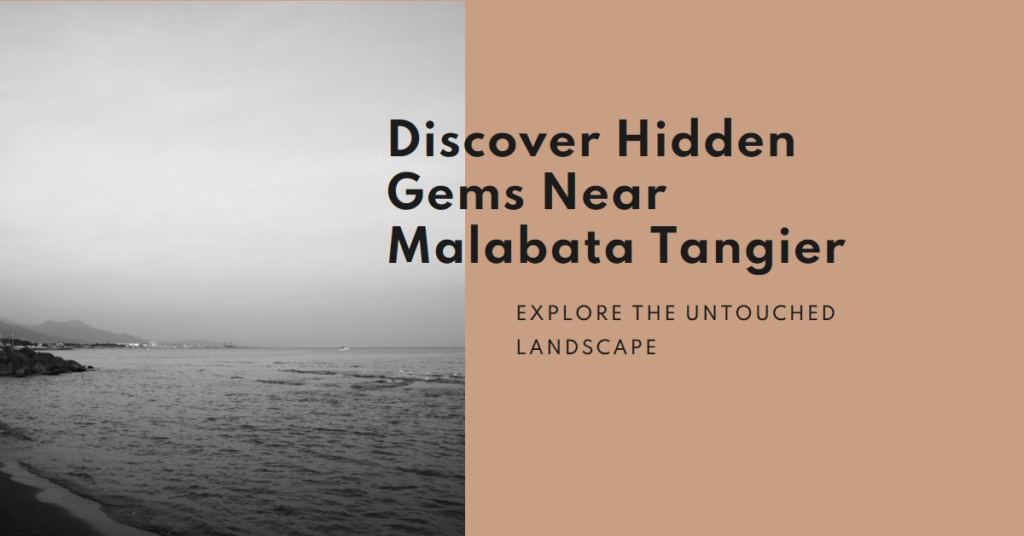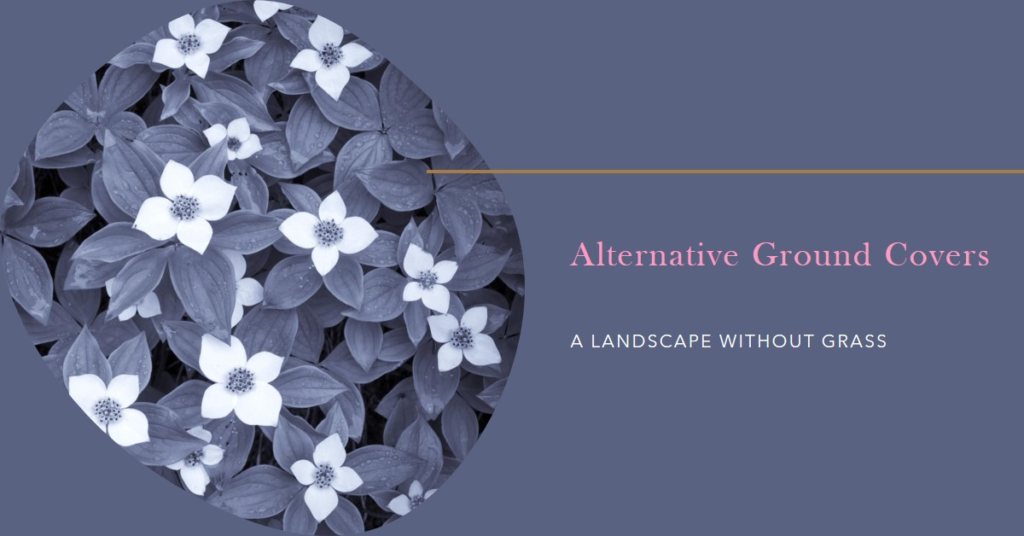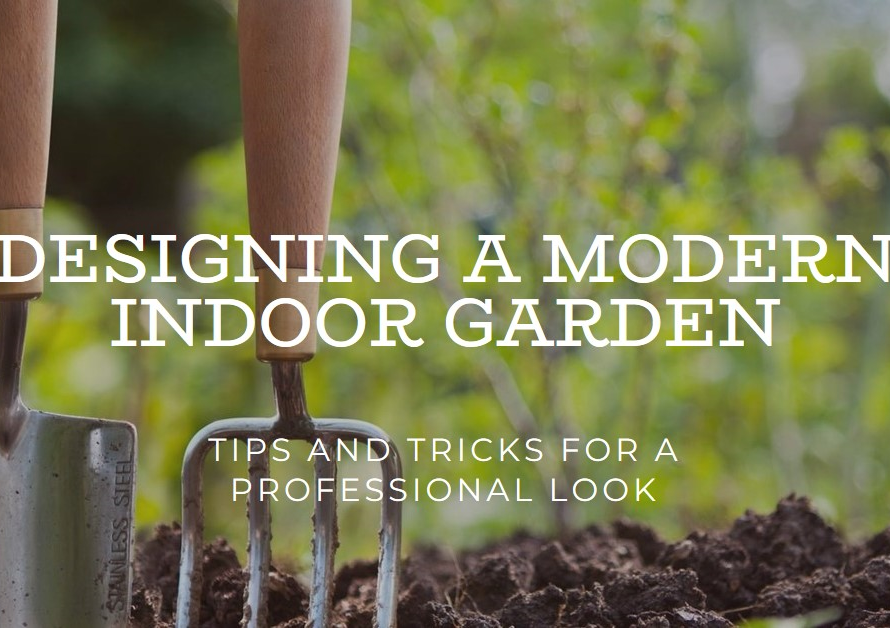
Table of Contents
- Introduction
- 1. Embracing Minimalism: The Zen Garden Oasis
- 2. Sculpting with Stone: The Art of Hardscape
- 3. Urban Chic: Concrete Jungles Reimagined
- 4. Water Wonders: Aquatic Landscapes
- 5. Desert Dreams: Embracing Arid Landscapes
- 6. Futuristic Fusion: Technology Meets Landscape
- 7. Rooftop Retreats: Elevated Landscapes
- 8. Artistic Expression: Landscapes as Canvas
- 9. Sustainable Solutions: Greening Without Plants
- Conclusion
Introduction
In the realm of landscape design, plants often take center stage, providing lush greenery and vibrant blooms that captivate the eye. However, what if we dare to imagine a landscape devoid of traditional vegetation? A canvas where hardscape elements reign supreme, and the absence of plants becomes a defining feature rather than a limitation. In this blog post, we delve into the realm of landscapes without plants, exploring creative design ideas that push the boundaries of conventional aesthetics. From minimalist zen gardens to avant-garde urban landscapes, let’s embark on a journey of innovation and imagination.
1. Embracing Minimalism: The Zen Garden Oasis
In the world of landscape design, less can indeed be more. Embrace the principles of minimalism by crafting a serene Zen garden oasis. Utilize gravel, sand, and carefully placed rocks to create a tranquil landscape that fosters contemplation and tranquility. Incorporate elements such as a koi pond or a simple bamboo fountain to add a touch of movement and auditory ambiance. Emphasize clean lines and open space to evoke a sense of harmony and balance. The minimalist approach not only reduces maintenance but also invites individuals to pause, reflect, and find solace in simplicity.
2. Sculpting with Stone: The Art of Hardscape
In the absence of plants, stone becomes the protagonist in your landscape narrative. Explore the art of hardscaping by incorporating a diverse array of stones, from rugged boulders to sleek granite slabs. Craft pathways that meander through the terrain, inviting exploration and discovery. Create focal points with stone sculptures or intricate mosaics that serve as visual anchors within the landscape. By sculpting with stone, you can shape the land itself, transforming it into a dynamic tableau of texture and form.
3. Urban Chic: Concrete Jungles Reimagined
In urban environments where green space is scarce, reimagine the landscape with a focus on concrete and steel. Embrace the industrial aesthetic by integrating geometric shapes and angular designs into your outdoor space. Install raised planters filled with hardy succulents or ornamental grasses to add pops of greenery amidst the concrete jungle. Incorporate elements such as corten steel panels or rusted iron sculptures to add depth and visual interest. With urban chic design, you can transform even the most utilitarian spaces into havens of modern elegance.
4. Water Wonders: Aquatic Landscapes
Water has a transformative power, capable of imbuing landscapes with a sense of serenity and vitality. In a landscape without plants, water features take on added significance, serving as focal points that command attention. Consider incorporating a sleek reflecting pool or a cascading waterfall into your design, creating a dynamic interplay of light and movement. Integrate aquatic plants such as water lilies or lotus flowers to add a touch of natural beauty to the water feature. With aquatic landscapes, you can evoke the soothing rhythms of nature within an otherwise plant-free environment.
5. Desert Dreams: Embracing Arid Landscapes
In regions where water is scarce, embrace the inherent beauty of arid landscapes by crafting a desert-inspired oasis. Utilize drought-tolerant succulents such as agave and cacti to create a tapestry of textures and hues. Incorporate gravel pathways and sand dunes to evoke the sweeping vistas of the desert terrain. Integrate rustic elements such as weathered wood and rusted metal to enhance the desert aesthetic. By embracing desert dreams, you can create a landscape that thrives in harmony with its environment, celebrating the resilience and adaptability of arid plant species.


6. Futuristic Fusion: Technology Meets Landscape
In an increasingly digitized world, explore the intersection of technology and landscape design by incorporating innovative features such as LED lighting and automated irrigation systems. Use programmable lighting to create dramatic effects and accentuate architectural elements within the landscape. Implement smart irrigation systems that adjust water usage based on weather conditions and soil moisture levels, ensuring optimal plant health and conservation. With futuristic fusion, you can create a landscape that not only dazzles the senses but also embraces sustainability and efficiency.
7. Rooftop Retreats: Elevated Landscapes
Maximize space and minimize environmental impact by transforming rooftops into verdant retreats. Embrace the trend of green roofs by installing a lush carpet of sedum or other low-growing vegetation. Create rooftop gardens that serve as havens for urban dwellers, providing a sanctuary amidst the hustle and bustle of city life. Incorporate seating areas and outdoor amenities to encourage socializing and relaxation. With rooftop retreats, you can elevate the concept of urban green space to new heights, quite literally.
8. Artistic Expression: Landscapes as Canvas
Think beyond traditional notions of landscape design and treat the outdoors as a blank canvas for artistic expression. Commission local artists to create site-specific installations that engage with the landscape in creative and unexpected ways. Experiment with ephemeral art forms such as land art or sculpture gardens that evolve over time, reflecting the ever-changing nature of the environment. By embracing artistic expression, you can transform your landscape into a living work of art that sparks conversation and inspires imagination.
9. Sustainable Solutions: Greening Without Plants
In an era of environmental awareness, explore sustainable solutions for greening your landscape without traditional plants. Install green walls or vertical gardens comprised of native mosses, ferns, and air plants to add vertical interest and improve air quality. Incorporate permeable paving materials such as porous concrete or gravel grids to reduce stormwater runoff and promote groundwater recharge. Embrace the principles of permaculture by designing landscapes that mimic natural ecosystems and support biodiversity. With sustainable solutions, you can create landscapes that not only delight the senses but also prioritize environmental stewardship and conservation.
Conclusion
In conclusion, landscapes without plants offer a canvas for creativity and innovation, inviting designers to explore new aesthetic possibilities and push the boundaries of conventional design. Whether embracing minimalism, celebrating urban chic, or harnessing the power of technology, the possibilities are as vast as the imagination. By daring to imagine a world without traditional vegetation, we can craft landscapes that captivate the senses, inspire wonder, and leave a lasting impression on all who encounter them.


